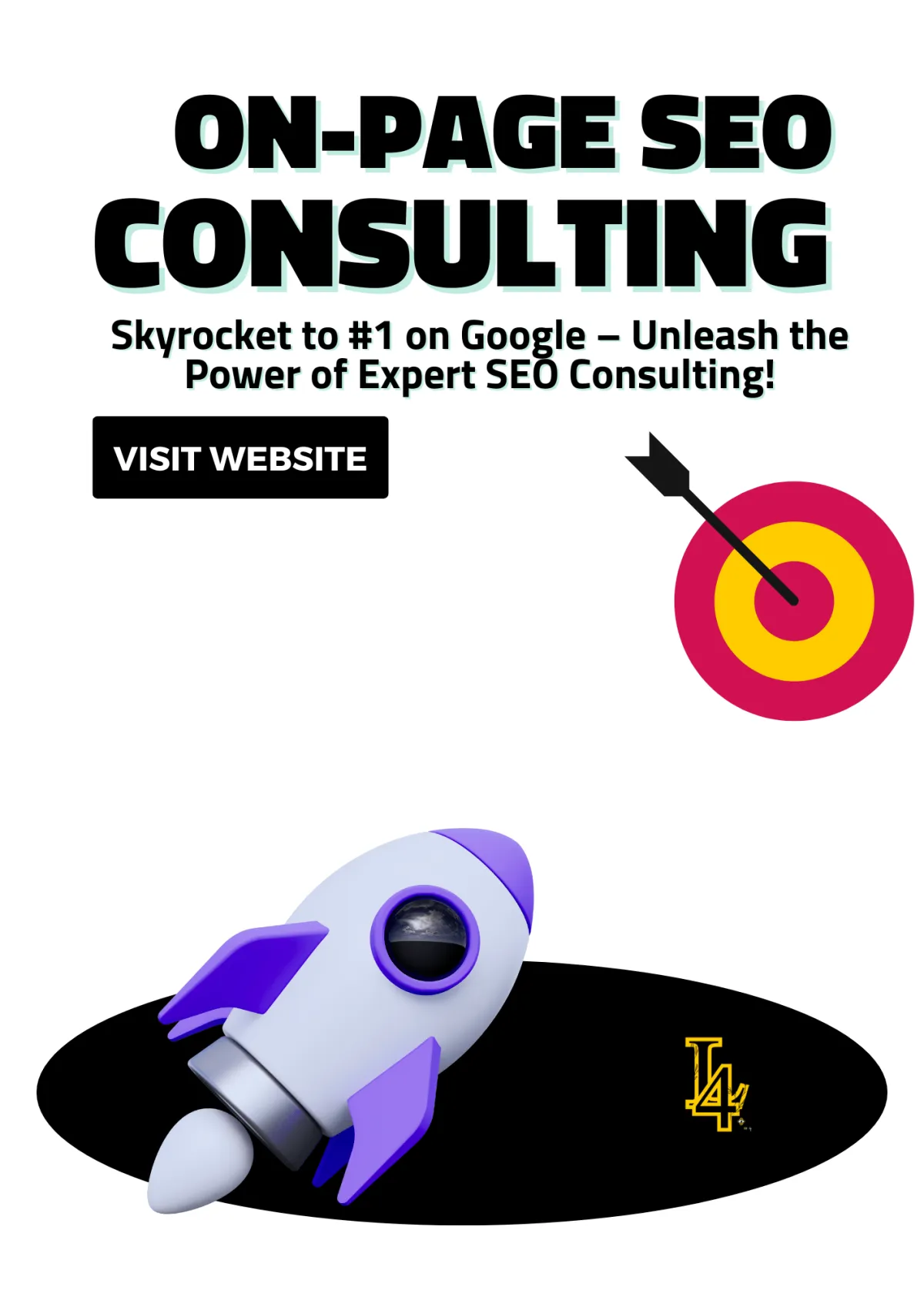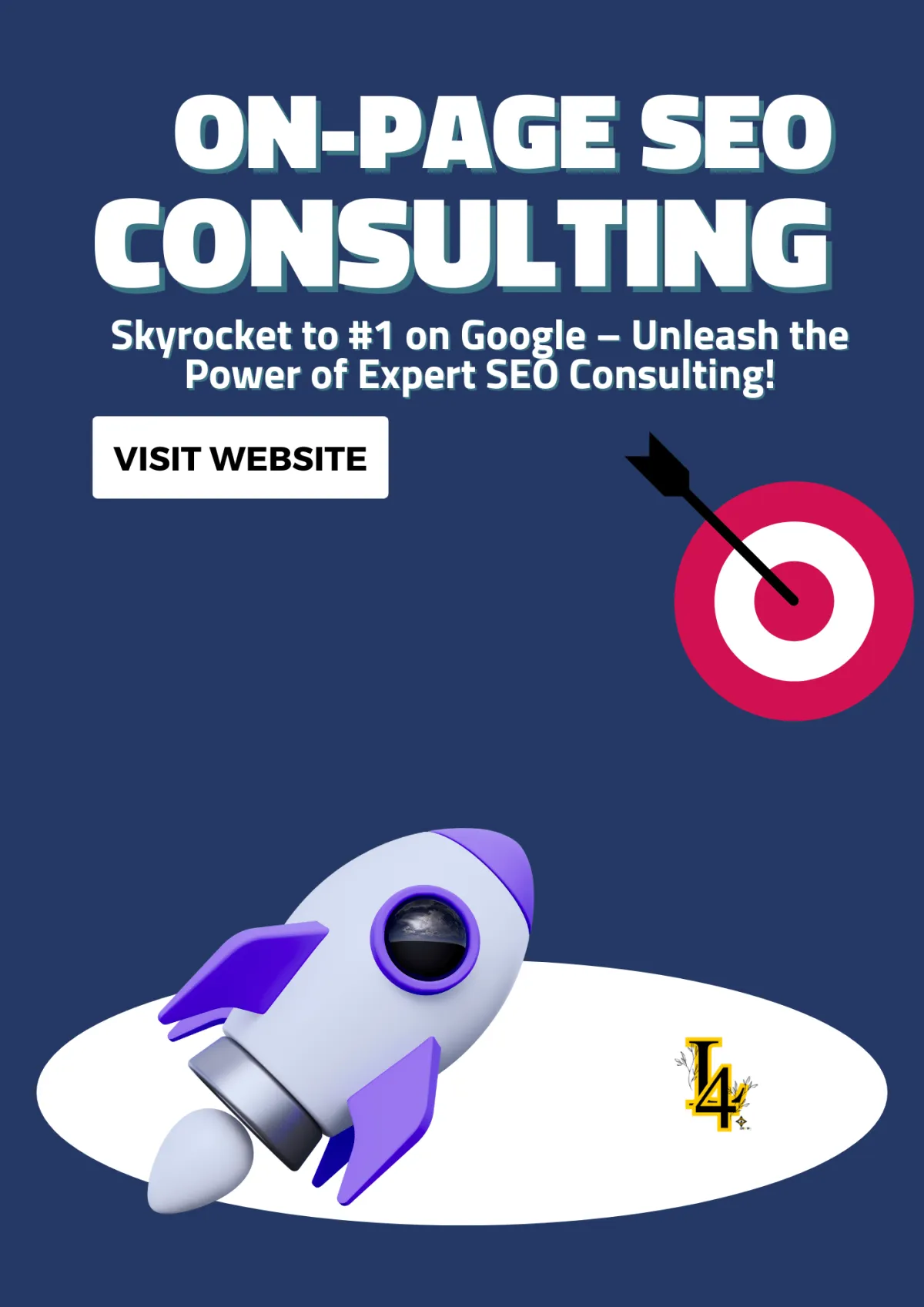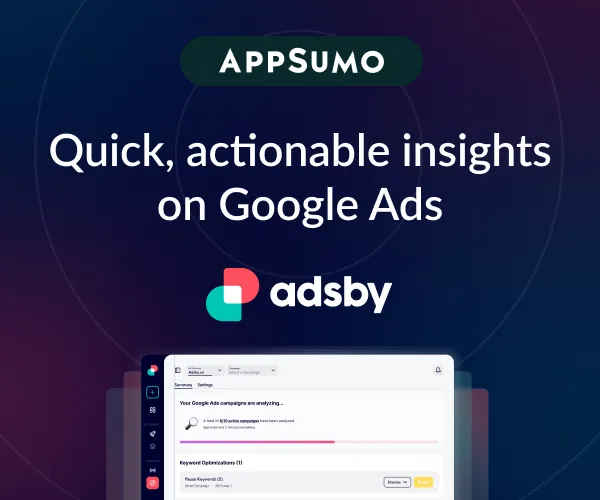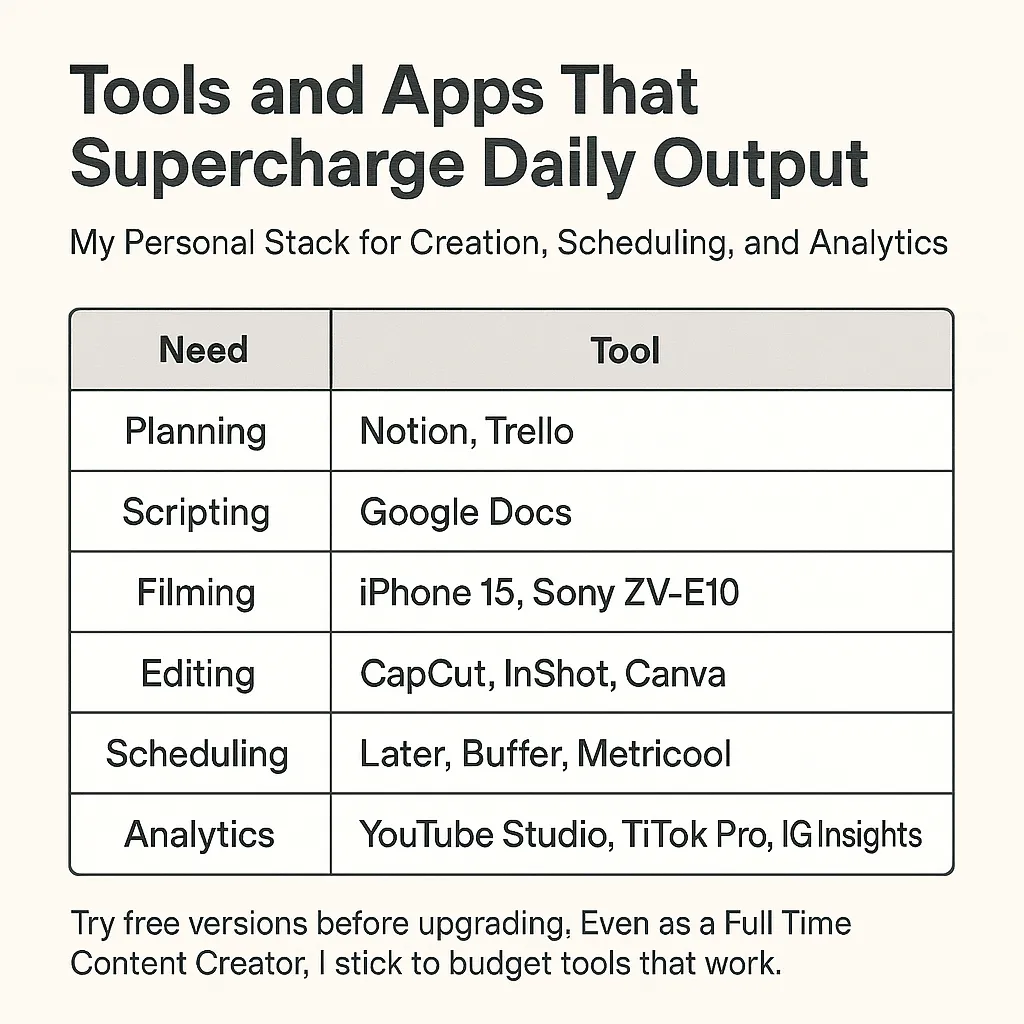
The Ultimate Keyword Research Checklist: Rank #1 on Google FAST!
This post contains affiliate links, which means I may earn a small commission if you make a purchase through these links—at no extra cost to you. This helps support my content and allows me to continue reviewing amazing products. Thank you for your support! 😊✨
The Ultimate Keyword Research Checklist for Beginners: Step-by-Step Guide
Keyword research is the foundation of SEO success. Whether you’re a blogger, business owner, or digital marketer, choosing the right keywords can make or break your online visibility. This beginner-friendly guide will walk you through step-by-step keyword research, from finding keywords to analyzing competition and optimizing your content for search rankings.
Skip Ahead to Your Preferred Topic. 🔍
The Ultimate Keyword Research Checklist: Rank #1 on Google FAST!
The Ultimate Keyword Research Checklist for Beginners: Step-by-Step Guide
🔍 Step 1: Understand the Basics of Keyword Research
🛠 Step 2: Choose the Right Keyword Research Tools
🔹 Google Search (Autocomplete & Related Searches)
📌 Best For: Comprehensive SEO analysis, keyword tracking, and competitive research.
🛠 Step 3: Identify Keyword Metrics That Matter
🔑 Key Keyword Metrics to Consider
2️⃣ Keyword Difficulty (KD) or SEO Difficulty
4️⃣ Search Intent (User Intent)
5️⃣ Click-Through Rate (CTR) & SERP Features
🔑 Step 4: Find Keyword Ideas for Your Niche
🎯 Step 5: Analyze Keyword Search Intent
📌 Step 6: Prioritize Low-Competition, High-Value Keywords
✍️ Step 7: Optimize Content with Keywords
📈 Step 8: Track & Measure Keyword Performance
🚀 Step 9: Update & Refresh Old Content for SEO Growth
💡 Step 10: Create a Long-Term Keyword Research Strategy
Conclusion: Mastering Keyword Research for Long-Term SEO Success
🔍 Step 1: Understand the Basics of Keyword Research
Before diving into keyword research, it’s essential to understand what keywords are and why they matter.

✅ What is a Keyword? – A word or phrase people type into search engines to find information.
✅ Why Does Keyword Research Matter? – Helps drive targeted traffic, improve search rankings, and increase website visibility.
✅ Types of Keywords:
Short-tail keywords (1-2 words) – High search volume, high competition (e.g., "SEO tips")
Long-tail keywords (3+ words) – Lower competition, higher conversion rate (e.g., "best SEO tips for beginners")
LSI (Latent Semantic Indexing) keywords – Related keywords that provide context (e.g., "search engine optimization techniques")
🛠 Step 2: Choose the Right Keyword Research Tools

Keyword research is a critical step in SEO and content strategy, and using the right tools can make all the difference in finding high-ranking keywords. Whether you’re looking for free or paid solutions, these tools will help you discover keyword opportunities, analyze competition, and optimize your content for better rankings.
✅ Free Keyword Research Tools
If you’re just starting out or working with a limited budget, free keyword research tools can still provide valuable insights. These tools can help you generate keyword ideas, understand search trends, and analyze competition levels without spending a dime.👇
📌 Best For: Finding basic keyword ideas and analyzing search volume trends.
Google Keyword Planner is a must-use tool if you want to discover keyword ideas directly from Google’s search data. It provides estimated search volumes, competition levels, and cost-per-click (CPC) estimates.
🔍 How to Use It:
Go to Google Ads and navigate to Keyword Planner.
Enter a seed keyword to generate related keyword suggestions.
Filter results based on competition level, CPC, and trends.
💡 Pro Tip: Use Google Keyword Planner to validate keyword ideas, but remember that search volume estimates are broad ranges rather than exact figures.
🔹 Google Search (Autocomplete & Related Searches)
📌 Best For: Finding trending and real-time search terms.
Google’s Autocomplete feature (the dropdown suggestions when typing in the search bar) is an excellent way to discover long-tail keywords. Additionally, the “People Also Ask” and “Related Searches” sections provide insight into common user queries.
🔍 How to Use It:
Type a partial keyword or phrase into Google Search.
Look at the autocomplete suggestions for relevant keywords.
Scroll to the bottom of the search results page to find related searches.
💡 Pro Tip: Use underscores (_) in Google Search to find missing words in popular search queries (Example: "best _ for SEO").
🔹 Google Trends
📌 Best For: Identifying keyword popularity over time and tracking seasonal trends.
Google Trends shows how a keyword’s search volume changes over time, helping you determine whether a keyword is growing or declining in popularity.
🔍 How to Use It:
Go to Google Trends and enter a keyword.
Analyze the search interest over time to spot seasonal trends.
Compare multiple keywords to see which one is gaining traction.
💡 Pro Tip: Use Google Trends to find rising search queries and target emerging keywords before they become competitive.
🔹 AnswerThePublic
📌 Best For: Finding question-based keywords and understanding user intent.
AnswerThePublic generates keyword ideas by showing real questions people ask in search engines. It’s ideal for creating FAQ sections, blog topics, and long-tail keywords.
🔍 How to Use It:
Enter a keyword into AnswerThePublic.
View the visual mind map of related questions.
Identify common search queries to target in your content.
💡 Pro Tip: Use question-based keywords in your blog headings and FAQ sections to match voice search queries.

🚀 "Free or Paid? Choose the Right Keyword Research Strategy & Dominate the Rankings!" 🔍🔥
💰 Paid Keyword Research Tools
For more advanced keyword research, paid tools provide detailed competition analysis, backlink data, and in-depth keyword insights.👇
🔹 SEMRUSH

📌 Best For: Comprehensive SEO analysis, keyword tracking, and competitive research.
SEMrush is a powerful keyword research tool that provides keyword difficulty, search volume, CPC data, and competitor analysis.
🔍 How to Use It:
Enter a keyword in the Keyword Overview tool.
Check the Keyword Difficulty Score to see how hard it is to rank.
Explore Related Keywords & SERP Features.
💡 Pro Tip: Use SEMrush’s Keyword Magic Tool to find long-tail keyword variations with low competition.
🔹 Ahrefs
📌 Best For: Backlink analysis, competitor research, and keyword ranking tracking.
Ahrefs is one of the most powerful SEO tools for keyword research. It provides search volume, keyword difficulty, and SERP analysis, helping you choose the best opportunities.
🔍 How to Use It:
Enter a keyword into Ahrefs Keyword Explorer.
Check Keyword Difficulty and Search Volume metrics.
View the Top 10 Ranking Pages to analyze competitors.
💡 Pro Tip: Use Ahrefs Content Gap Analysis to find keywords your competitors rank for—but you don’t.
🔹 Moz Keyword Explorer
📌 Best For: SEO difficulty analysis, CTR metrics, and keyword suggestions.
Moz Keyword Explorer provides Priority Scores, which combine search volume, difficulty, and click-through rates into a single metric.
🔍 How to Use It:
Enter a keyword into Moz Keyword Explorer.
Check the SERP analysis and Difficulty Score.
Look for high-priority keywords with low difficulty and high CTR.
💡 Pro Tip: Use Moz’s Keyword Suggestions to find LSI keywords for better content relevance.
🔹 Ubersuggest
📌 Best For: Affordable keyword research with competitive analysis.
Ubersuggest is a budget-friendly SEO tool offering keyword suggestions, backlink data, and search volume estimates.
🔍 How to Use It:
Enter a keyword into Ubersuggest.
Analyze keyword volume, CPC, and competition levels.
Explore related keyword ideas to expand your SEO strategy.
💡 Pro Tip: Use Ubersuggest’s SEO Audit Tool to find on-page SEO improvements.
🛠 Step 3: Identify Keyword Metrics That Matter

Once you have a list of potential keywords, it’s time to analyze their effectiveness. Not all keywords are created equal, and understanding key SEO metrics will help you determine which ones are worth targeting.
🔑 Key Keyword Metrics to Consider
1️⃣ Search Volume
📌 What It Means: The number of times a keyword is searched per month.
✅ High-volume keywords attract more traffic but are often more competitive.
✅ Low-volume keywords may drive less traffic but often convert better due to specific search intent.
💡 Pro Tip: Aim for a mix of high and low-volume keywords to balance traffic and ranking potential.
2️⃣ Keyword Difficulty (KD) or SEO Difficulty

📌 What It Means: How hard it is to rank for a keyword in search engine results.
✅ KD scores range from 0-100 (lower scores mean easier rankings).
✅ High-KD keywords are harder to rank for but may be worth targeting for authority-building.
✅ Low-KD keywords are easier to rank and great for quick wins in SEO.
💡 Pro Tip: Use tools like Ahrefs, SEMrush, and Moz to check KD scores before finalizing keywords.
3️⃣ Cost Per Click (CPC)
📌 What It Means: The amount advertisers are willing to pay per click for a keyword in Google Ads.
✅ High CPC keywords indicate commercial intent, meaning users are more likely to make a purchase.
✅ Low CPC keywords may still be valuable for organic traffic but are less competitive for paid ads.
💡 Pro Tip: Even if you’re not running ads, CPC can help you identify valuable, high-intent keywords for your content strategy.
4️⃣ Search Intent (User Intent)
📌 What It Means: The reason behind a user’s search query.
✅ Informational Intent – Users are looking for answers (e.g., "How does keyword research work?").
✅ Navigational Intent – Users want to visit a specific website (e.g., "Ahrefs login").
✅ Transactional Intent – Users are ready to buy (e.g., "Buy SEO tools online").
✅ Commercial Intent – Users are comparing products (e.g., "Best SEO tools 2024").
💡 Pro Tip: Aligning your content with the correct search intent improves ranking potential and user engagement.
5️⃣ Click-Through Rate (CTR) & SERP Features
📌 What It Means: The percentage of searchers who click on a link after seeing it in search results.
✅ Higher CTR = Better engagement and more traffic.
✅ SERP Features (e.g., featured snippets, local packs, and image results) can impact CTR.
💡 Pro Tip: Use eye-catching meta descriptions and engaging title tags to boost CTR.
🔑 Step 4: Find Keyword Ideas for Your Niche

Finding the right keywords is the foundation of a strong SEO strategy. To make sure your content ranks high and reaches the right audience, use these proven keyword research tactics:
✅ Check Competitor Websites – Tools like Ahrefs and SEMrush help uncover top-ranking keywords from your competitors. Learn what works and improve upon it!
✅ Use Google’s “People Also Ask” Section – Discover real user questions and turn them into valuable, searchable content.
✅ Explore Forums & Communities – Platforms like Reddit, Quora, and Facebook Groups are goldmines for trending topics and common pain points.
✅ Look at YouTube & Amazon Suggestions – These platforms reveal real-world search behaviors, helping you find buyer intent and niche-specific keywords.
💡 SEO Tip: Add these keywords to your keyword research checklist and create high-ranking, engaging content that drives traffic and conversions! 🔥
🎯 Step 5: Analyze Keyword Search Intent

Understanding search intent is crucial for creating content that ranks and drives real results. Google prioritizes pages that match user intent, so aligning your keywords correctly can significantly boost your engagement and conversions.
✅ Informational Keywords – Users are looking for answers. (e.g., "What is SEO?") Create blog posts, guides, and how-to articles to capture this audience.
✅ Navigational Keywords – Users are searching for a specific website or brand. (e.g., "Ahrefs login") Make sure your brand ranks for these searches with strong on-page SEO.
✅ Transactional Keywords – Users want to make a purchase. (e.g., "Buy SEO tools online") Optimize product pages, landing pages, and CTAs for conversions.
✅ Commercial Keywords – Users are in the research phase before buying. (e.g., "Best SEO tools 2024") Create comparison articles, reviews, and listicles to guide their decision.
💡 Pro Tip: Match your content type to search intent for higher rankings, better engagement, and more conversions! 🚀
📌 Step 6: Prioritize Low-Competition, High-Value Keywords

When starting out, choosing the right keywords can make all the difference in your SEO success. Instead of competing with high-authority sites, focus on low-competition keywords to gain traction faster and drive highly targeted traffic.
✅ Use Long-Tail Keywords – These specific phrases have less competition but often lead to higher conversion rates.
✅ Look for High CPC Keywords – Keywords with a high cost-per-click (CPC) signal buyer intent, meaning more potential for sales and leads.
✅ Check Competitor Domain Authority – Use Ahrefs or Moz to analyze competing websites. If top-ranking pages have low DA, you have a better chance of ranking!
💡 Example: Instead of “best running shoes” (high competition), target “best running shoes for flat feet under $100”—easier to rank & highly relevant!
🔍 Start small, rank faster, and grow your SEO authority! 🚀
✍️ Step 7: Optimize Content with Keywords
Once you have the right keywords, it’s time to use them strategically in your content.
✅ Title Tags & Meta Descriptions – Include primary keywords naturally.
✅ Headings & Subheadings (H1, H2, H3) – Use variations of your keywords.
✅ URL Structure – Keep it short, clean, and keyword-rich (e.g., yoursite.com/keyword-research-guide).
✅ Content Body – Use primary and LSI keywords without stuffing.
✅ Image Alt Text – Optimize images for SEO with keyword-rich descriptions.
✅ Internal & External Links – Link to relevant pages and authoritative sources.
💡 Pro Tip: Use natural language—Google’s AI recognizes quality over keyword stuffing.
📈 Step 8: Track & Measure Keyword Performance

SEO isn’t a set-it-and-forget-it strategy—you need to track keyword rankings regularly to stay competitive and refine your strategy. Monitoring performance helps you identify opportunities, adjust content, and maintain search visibility.
✅ Google Search Console – Analyze which keywords drive traffic, monitor click-through rates (CTR), and see ranking changes.
✅ Google Analytics – Track organic traffic, user behavior, and engagement metrics to measure keyword effectiveness.
✅ Rank Tracking Tools (SEMrush, Ahrefs, Moz) – Get real-time insights into keyword position changes, competitor rankings, and opportunities for improvement.
💡 Pro Tip: Set up automated keyword tracking reports to stay updated on ranking shifts and adjust your content strategy proactively! 🚀
🚀 Step 9: Update & Refresh Old Content for SEO Growth

SEO isn’t just about publishing new content—Google rewards fresh, relevant updates on existing pages. By re-optimizing old content, you can boost rankings, drive more traffic, and stay ahead of competitors.
✅ Re-optimize with Updated Keywords – Use new keyword trends to align with current search intent and improve visibility.
✅ Enhance Readability & Add New Information – Refresh content with updated facts, recent stats, and engaging visuals to improve user experience.
✅ Boost Rankings with Internal Links – Link older posts to newer, high-performing articles to strengthen SEO authority and increase engagement.
💡 Pro Tip: Google favors frequently updated pages—even small updates can help maintain or improve rankings over time! 🔄🔥
💡 Step 10: Create a Long-Term Keyword Research Strategy
SEO is a marathon, not a sprint—to stay competitive, you need an ongoing keyword research process that adapts to search trends and user behavior. A solid long-term strategy ensures your content remains relevant, high-ranking, and valuable over time.
✅ Conduct Keyword Research Monthly – Regularly update your keyword lists to uncover new ranking opportunities and trending topics.
✅ Stay Updated on SEO Trends & Algorithm Changes – Google’s ranking factors evolve, so keep an eye on industry updates to adjust your strategy accordingly.
✅ Test Different Keyword Strategies – Don’t rely on the same keywords forever—experiment with long-tail, semantic, and question-based keywords to expand your reach.
💡 Remember: Keyword research isn’t just about rankings—it’s about understanding user intent and creating content that solves real problems. Stay proactive, adapt, and watch your organic traffic grow! 🚀
Conclusion: Mastering Keyword Research for Long-Term SEO Success
Keyword research is the backbone of a successful SEO strategy. By following this Ultimate Keyword Research Checklist, you now have the tools and knowledge to find the best keywords, analyze competition, and optimize your content for higher rankings. Whether you're a blogger, business owner, or digital marketer, choosing the right keywords can significantly impact your visibility, traffic, and conversions.
💡 Key Takeaways:
✅ Understand the types of keywords and their importance in SEO.
✅ Use free and paid keyword research tools to uncover hidden opportunities.
✅ Analyze key SEO metrics like search volume, keyword difficulty, and user intent.
✅ Focus on low-competition, high-value keywords for faster rankings.
✅ Continuously optimize and update your content for long-term success.
✅ Track and measure your keyword performance to stay ahead of competitors.
🚀 Now It’s Your Turn! Start applying these keyword research strategies to your content today. Keep experimenting, stay updated with SEO trends, and refine your approach over time. The right keywords can transform your online presence—so use them wisely!
More Articles
Web Design Articles
Turn Clicks to Cash: Build a Web Template That’s Straight Heat
Master the Art of Web Page Outlines: Your Blueprint for a High-Performing Website
8 Must-Have Features for the Perfect Video Website Template (Make Your Videos Stand Out!)
Essential Types of Webpages for Every Website (With Examples)
Free IT Website HTML Templates: Download and Build Your Dream Site Today!
Drag-and-Drop Website Builders vs. Coding: Which is Better for You?
Affordable Website Design Packages: Build Your Dream Website on a Budget
Why Organic Asymmetric Shapes Are Taking Over Web Design in 2025
SEO Articles
11 Benefits of Using SEO Software for Online Business Growth
What Effect Does SEO Have on Your Search? A Deep Dive into Rankings & Traffic
Can Rapid URL Indexer Improve Local SEO Performance? Find Out How!
Get 10X More Leads Overnight! The SEO Lead Generation Blueprint That Works
SEO Startup Success: How to Build a Profitable SEO Company & Land High-Paying Clients!
Marketing Articles
Best Ideas for Free Local Advertising for Small Businesses
How to Add the Title to a Link (The Right Way) – Boost SEO & UX!
5 Meta Description Tips for Beginners: Write Like a Pro!
Get More Customers with GMB Optimization – Rank #1 in Your Area!
Online Reputation Articles
Online Reputation Specialist Shares Secrets to Boosting Trust & SEO Rankings
Reputation Management in Connecticut: How to Protect and Enhance Your Online Image
No Cap: How to Avoid Bad Reviews with Happy Customers
Content Creation Articles
Top Content Creation Hacks the Pros Don’t Want You to Know!

🌿 Sponsored: Achieve healthier, stronger curls with Mari Charel, the all-natural hair care solution designed to nourish and define your natural hair—because your curls deserve the best! ✨ #NaturalHair #HealthyCurls
More Mari Charel Rosemary Oil Products

Radiant Hair with Our Hydration Booster Conditioner
Our hair conditioner is a testament to a harmonious synergy of exceptional ingredients. Crafted with care and precision, it penetrates each strand, promoting growth and restoring your hair's natural brilliance.
Read More


Travel Size Rosemary & Clove, Hair Care Bundle
Experience healthy, vibrant hair anywhere with our travel-size bundle! Includes Black Soap Shampoo, Rosemary Conditioner, Hair Butter, Herbal Hair Oil & Leave-In for deep hydration, strength & shine. Perfect for all hair types! 🌿💆♀️
Read More


African Black Soap for Healthier, Shinier Hair!
Discover the ancient beauty secret of African black soap, combined with the balancing power of apple cider vinegar, in this luxurious deep-cleansing shampoo. Infused with a blend of nourishing oils, antioxidants, and essential vitamins, this shampoo removes buildup, strengthens hair, and restores scalp health, leaving hair soft, clean, and manageable.
Read More




















